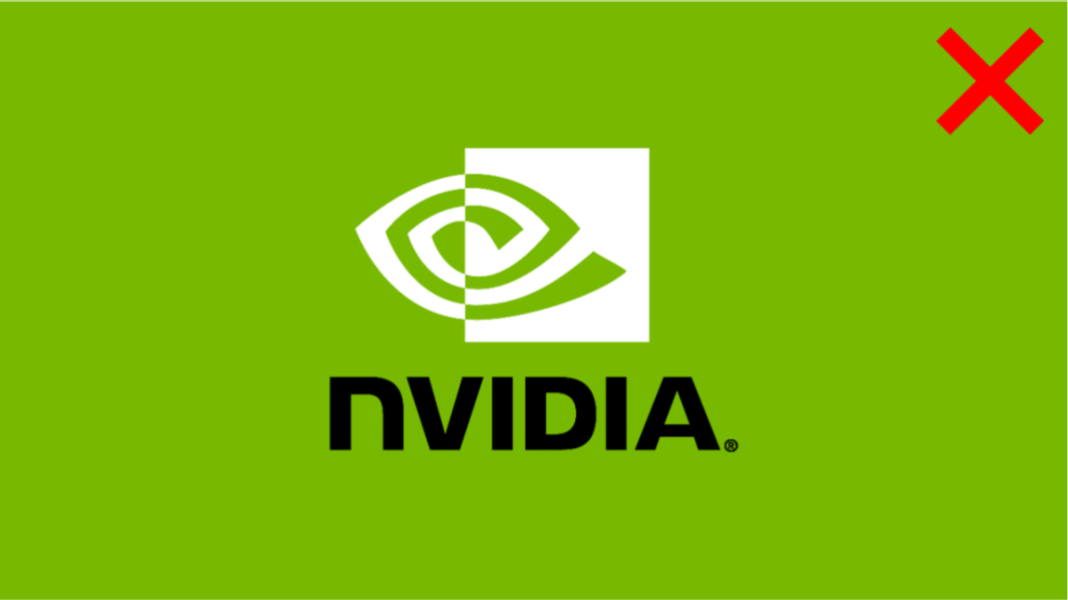The S&P 500 closed at a record high as traders awaited Nvidia’s pivotal earnings, underscoring the company’s outsize influence on an AI-driven rally and how current market dynamics—ranging from Federal Reserve policy expectations to sector rotations—shape both valuations and risk appetite. Below is a rewritten, comprehensive narrative with updated insights and analysis.
S&P 500 Achieves Record Close Ahead of Nvidia’s Earnings
On August 27, 2025, the S&P 500 advanced 0.2% to a new record, with investor attention zeroed in on Nvidia’s highly anticipated quarterly results. Nvidia, now the world’s largest company by market value and accounting for roughly 8% of the S&P 500, is viewed as an essential bellwether for AI demand and broader market momentum. The anticipation surrounding Nvidia’s earnings fueled light but positive trading across equities, even as valuation concerns and Fed policy uncertainties loomed.
Nvidia’s Earnings Dominate Market Sentiment
Nvidia’s results are crucial not just for its own shareholders but also for the countless Americans whose retirement accounts are tied to index funds. Q2 2025 saw Nvidia report $30.0 billion in revenue, with a staggering 122% year-over-year growth in data center sales driven by continued AI acceleration. Yet, even as both headline revenue and earnings outpaced analyst expectations, a small shortfall in the key data center segment caused the stock to slide 3% after hours. The volatility illustrates Nvidia’s role as the market’s “AI sector barometer”—and the risk that even minor disappointments can spark outsized moves in index-level performance.
AI Surge Drives Tech Valuations and Broader Market Dynamics
The excitement over AI and generative technology has led tech stocks—particularly Nvidia, Microsoft, Alphabet, Amazon, and Meta Platforms—to exceptionally high valuations, with the S&P 500’s current P/E ratio well above historical averages. Nvidia sustains a ~60x P/E multiple, underscoring both exuberance and unease about how much future growth is already priced in. Meanwhile, some sector leaders like Microsoft posted gains, while Meta Platforms dipped—a sign of growing selectivity and internal rotation in the Magnificent Seven stocks.
Key Risks: Fed Policy, Sector Concentration, and Geopolitics
Investors continue to brace for possible Federal Reserve rate cuts, most notably in September, which could influence everything from discount rates on tech stocks to the appetite for risk across the asset spectrum. A more dovish Fed supports tech and growth shares by reducing the cost of capital and boosting present values for future earnings. Conversely, tighter policy—or unexpected rate hikes due to persistent inflation—could prompt rotations into value or cyclical sectors, highlighting the fragility that comes with the S&P 500’s extraordinary concentration in just a handful of megacap tech names. Geopolitical risk and aggressive export controls targeting chips and AI hardware exports to China add a further layer of uncertainty, especially as 15% of Nvidia’s H200 chip sales depend on China.
Market Breadth and Sector Activity
Though tech grabs the headlines, other sectors posted movements as well: energy stocks showed relative resilience, while information technology firms added modestly to recent gains. Stock-specific stories included MongoDB jumping 38% on raised forecasts and J.M. Smucker falling 4.4% after a profit miss.
Takeaways and Outlook
- Nvidia’s earnings are now an essential barometer for the credibility of the AI-driven market rally.
- The S&P 500’s all-time highs are underpinned by both AI enthusiasm and the expectation of easier Fed policy, but the risks of over-concentration and valuation excesses remain acute.
- Investors should watch Fed communications, macroeconomic data, and continued developments in AI funding, as shifts here will dictate the sector leadership and sustainability of the current bull market.

